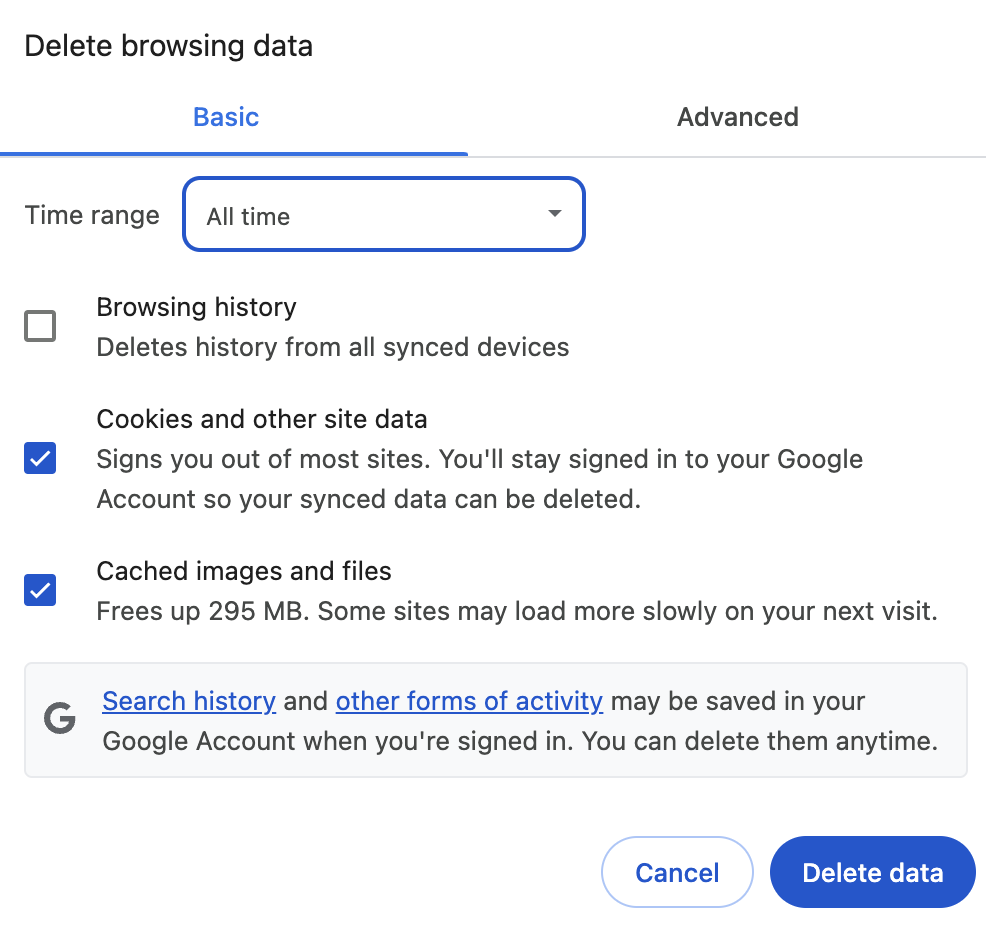
Its been a month since Gemini CLI has been released. With a generous free quota of 60 model requests per minute, 1,000 requests per day, 1 million tokens, and access to Gemini 2.5 Pro, it is no surprise to see that it has met with tremendous reception.
Gemini CLI project is open source and it has a public roadmap too. You can check the tracking issue for navigating the living public roadmap for Gemini CLI.
In my discussions with the community, there is still a lot of work to do to help developers use Gemini CLI, understand the range of everyday tasks that it can help with and in other words, use Gemini CLI more. In one of the surveys that I conducted, more than 50% of the respondents had heard about Gemini CLI but had not yet tried it.
This means that we have a lot of work to do to highlight the fantastic resources that early adopters of Gemini CLI have created that help folks across a spectrum of tasks that range from getting started, customizing Gemini CLI, understanding various use cases and hey … even overwriting the Gemini CLI System Prompt.
I have tried to fit in a lot of useful articles that address your requirements around learning more about Gemini CLI but I am sure that there are more resources that I just cannot keep up with. Please do share that in the comments or reach out to me directly.
- Phil Schmid has written a Gemini CLI Cheatsheet. This cheatsheet provides a quick reference for installing, configuring, and using the Gemini CLI, with a focus on users authenticating via a Gemini API key.
- Jack Wotherspoon wrote one of the first and highly popular article that helps you get started with Gemini CLI.
- Darren Lester’s article on Gemini CLI covers a wide range of key areas starting with installation, tools usage and configuring MCP Servers that gives Gemini CLI the ability to work with Github and Google GenAI Media Services like Imagen, Veo, Lyria and more.
- Romin Irani has published a 6-part tutorial series on Gemini CLI. This dives into installation and configuration details and focuses on how to use Gemini CLI.
Once you are done with installing and setting up Gemini CLI, you will hit a point where you are looking for ways to customize it as per your coding style or requirements. And hey, its not about coding all the time. Before you even code, there is a need to plan out the steps. At times, its about understanding the plan and more. Gemini CLI primarily does this with the GEMINI.md, where you can put in your rules for Gemini to honor. Let’s see a variety of articles that will help you to understand how to do that and I am confident that armed with this knowledge, you can create rules of your own for Gemini CLI to adhere to.
- Phil Schmid has provided a couple of
GEMINI.mdfiles. The first one called the Plan mode, helps you define custom instructions for strategic planning and thereby analyzing, reasoning and creating detailed, read-only plans without modifying your code base. The secondGEMINI.mdis the Explain mode. - Prashanth Subrahmanyam has authored a series titled Practical Gemini CLI, that helps you understand the role of
GEMINI.mdfiles, how to autogenerate one yourself, how to avoid bloat in theGEMINI.mdfile, overriding the System Instruction and more. This series is likely to give you a solid understanding of what it means to customize Gemini CLI for your needs. - Daniela Petruzalek covers how to customize Gemini CLI with Gemini.md in which you learn about the basics of
GEMINI.md, a prompt that can be a good starting guide for a developer workflow, changing the System Prompt and more.
- If you are not sure what Gemini CLI can do for you, check out one of the first posts on this topic at the time of its release, where Richard Seroter explains how it can be used to do things from researching on a topic, developing a working app, deploying the app to the cloud and more.
- You’ve got an existing code base for an application or even vibe coded an application. You need to take this to production but would like to pass it through a set of validations that check on its quality. Richard Seroter provides you with 4 quality focused prompts, that you can put into your
Gemini.mdfile and which evaluate your code based on various quality factors. - Looking to do code reviews but in a style or detail that you’d like? Paul Datta has been one of the most prolific writers on Gemini CLI and this post from him provides you with information on a variety of prompts that you can consider to do code reviews of a particular style, detail and more. Paul also provides you with the prompts and results that were seen in a repository. Grab them.
- You don’t need to be a database expert to work with databases, schema and wrangle with SQL scripts. Well you have to, if you are working with databases but Gemini CLI can be a solid assistant. Check out Karl Weinmeister’s post titled 6 ways to become a database pro with the Gemini CLI.
- Giovanni Galloro demonstrates how you can use Code Assist Agent Mode, powered by Gemini CLI, to take an existing repository and perform multiple tasks like generated documentation, understanding and working on an issue, writing unit tests and more.
- Most of the articles cover Gemini CLI in an interactive mode, where you are sending prompt, it responds, wait for you to do something, etc. How about running Gemini CLI to do a task in a fully automated way and most importantly, a real world task for developers. Check out Daniel Strebel’s guide on how you use Gemini CLI in an automated fashion to do code reviews as part of the CI pipeline.
- Looking to modernize Java and .NET Applications as per latest architectures, best practices and updated language framework versions. Derrick Wong addressed them here:
– Migration of a legacy .NET Framework application to a modern .NET 9 application
– From Legacy to AI-Ready: A Developer’s Guide to “Agentifying” Your Spring Boot App - Gemini CLI can be a great assistant to working with you as a technical writing assistant. Check out a couple of interesting articles from Louis Yong that demonstrates how you can a style writing guide from Microsoft, exposed as a MCP Server and integrate that into Gemini CLI, which can then follow those style guidelines:
– Gemini CLI from a Writer’s Perspective
– Standardising Content Quality with Gemini CLI - How about using Gemini CLI to draft an email for you, create a presentation in Google Slides, analyze a report and summarize the findings on Google Sheets and/or even work with your Google Calendar. Workspace Expert Kanshi Tanaike shows you exactly how you can do that with 30+ tools that work with Google Workspace services.
- Gemini CLI can be used to organize your files in a way you’d prefer. Check out how Billy Jacobson organized his personal knowledgebase with the help of Gemini CLI.
- Riccardo Carlesson demonstrates vibe coding by using Gemini CLI to write a first Chrome Extension with Gemini CLI and Vibe coding a Next.js App with Gemini CLI and deploying it to the cloud.
- Google Developer Blog demonstrates Building an AI Github issue labeling agent, which uses
llms.txtto provide the correct context to Gemini CLI to develop agents using Agent Development Kit (ADK). - Do you want to work with a wide range of databases (several Google Cloud databases) via Gemini CLI. How about using MCP Toolbox for Databases. Check out this article by the MCP Toolbox for Databases team.
A large number of practitioners have shared their Gemini CLI knowledge on Google Cloud Medium publication. All published stories that cover Gemini CLI have been tagged with the Gemini Cli tag. Check out all the stories if you’d like.
We’d love to have you as a writer on Google Cloud Medium publication. Please sign up here and submit your stories.
If you’ve come across a Gemini CLI article or video that has been helpful, please do share in the comments. Thank you for your time.
Source Credit: https://medium.com/google-cloud/unlock-your-journey-with-gemini-cli-a-list-of-resources-b44063c0dbe7?source=rss—-e52cf94d98af—4



